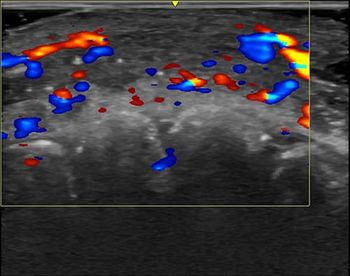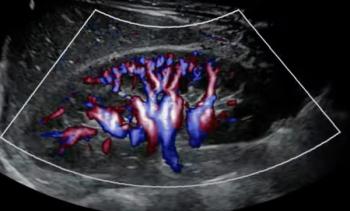
Hybrid Working: The New Radiology Work Model
Remote working is likely to remain in some form after concerns over COVID-19 decrease.
COVID-19 drastically changed the way radiologists work – and it’s likely that most of those alterations will stick around once the pandemic is better under control. In fact, radiologists can potentially look forward to a hybrid working model.
In an opinion article published in the
“Working from home is a strategy to give radiologists more autonomy and freedom. We believe that it can improve moral, reduce risk of burnout, and enhanced the performance of radiologists,” they said. “The COVID-19 pandemic has inspired many radiologists to permanently change their working habits, in a similar way as office workers around the world.”
The Ups and Downs
Alongside protecting providers and patients from viral infection, working from home has had clear benefits for radiologist – but the positives have come with some negatives.
On the upside, remote work:
- Reduces commute time
- Facilitates better work-life balance
- Offers environmental benefits, such as reduce greenhouse gas emissions
However, the downsides include:
- Increased isolation and depersonalization
- Blurred lines between personal and work time, leading to meetings outside work hours
- Greater burnout from working longer hours than usual
Hybrid Working
The sweet spot for maximizing the benefits of working from home could be a hybrid working model, they said. An alternating, hybrid schedule could be an effective way to maintain a good work-life balance.
“Over half of employees would prefer to work remotely at least three days a week once COVID-19 pandemic concerns recede,” they said. “We believe that a hybrid working style can also be adopted by many radiology departments, provided that they can ensure that an appropriate number of radiologists is present on-site to perform the necessary hands-on procedures and to perform patient consultations.”
To make it work, providers should work remotely three days, coming into the office for two. In addition, facilities should be sure that there are enough providers to conduct hands-on procedures and patient consultations, as well as teaching and supervision.
Technical Requirements
But, to make a home workstation as effective and compliant as possible, radiologists must be sure they meet minimum standards.
At home, radiologists should:
- Meet identical PACS and diagnostic monitor technical requirements as their hospital
- Have at least a 5 megapixel monitor for mammography interpretation
- Optimize ergonomics, lighting, temperature, and noise level to prevent fatigue and maximize reading accuracy and efficiency
- Establish phone proxy service for better communication with patients and referring providers
- Set up a webcam and teleconferencing software for virtual conferences
- Secure fast home network speed
Overall, they said, this type of work model could re-cast the future of radiology practice.
“This new working paradigm may increase the efficiency and job satisfaction of radiologists,” they said. “There are potential downsides, including risk of decreasing social contacts. Nevertheless, we believe that they are outweighed by the benefits and potential for improvement.”
For more coverage based on industry expert insights and research, subscribe to the Diagnostic Imaging e-Newsletter
Newsletter
Stay at the forefront of radiology with the Diagnostic Imaging newsletter, delivering the latest news, clinical insights, and imaging advancements for today’s radiologists.




























